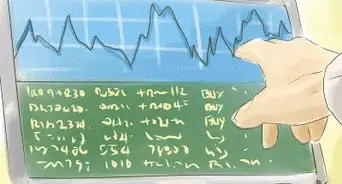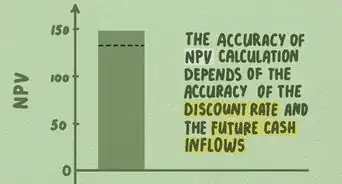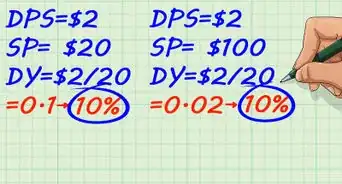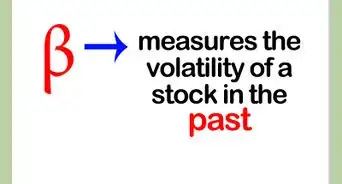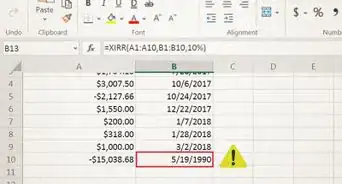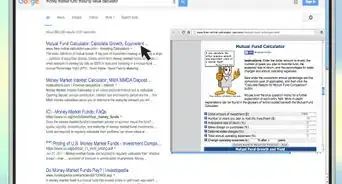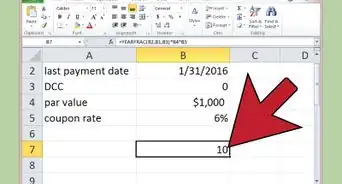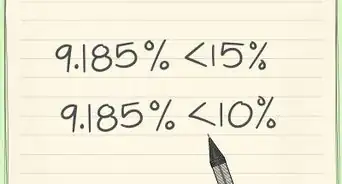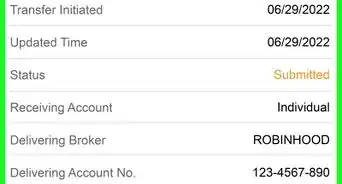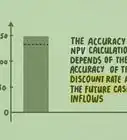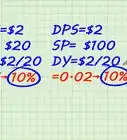This article was co-authored by Michael R. Lewis. Michael R. Lewis is a retired corporate executive, entrepreneur, and investment advisor in Texas. He has over 40 years of experience in business and finance, including as a Vice President for Blue Cross Blue Shield of Texas. He has a BBA in Industrial Management from the University of Texas at Austin.
This article has been viewed 56,459 times.
Protect yourself from losses in the market by setting up a "stop-loss." A stop-loss is an order that will automatically sell your position in a particular stock when it reaches a certain price. A stop-loss order becomes a market order as soon as the stop-loss price is reached. Since the stop loss becomes a market order, execution of the order is guaranteed, but not the price. It is designed to limit your losses while investing in the stock market. You will also need to know the situations when a stop-loss can work against you. Note that many exchanges will no longer accept stop-loss orders, but your broker may set up a similar system to help prevent losses.
Steps
Setting up a Stop-Loss
-
1Learn the basics. A "stop-loss" is an order that you set up in your brokerage account to limit any losses when the stock market plunges. It triggers a market sell order if the price of the stock sells below a certain level. The assumption is that if the price is falling, it will likely continue to fall. A stop-loss order limits, or stops, the amount you can lose.[1]
- As another example, let's say you own a stock valued at $30 per share, and you would like to sell it if the price drops by 10% or more. You issue a stop-loss order at $30 minus 10% or $27. If (or when) the stock's price reaches $27, the stop-loss order is converted to a market order and the stock is sold at the next available price.[2]
- You can set a time period for a stop-loss order, and if the stock is not sold by that time, then the order is canceled. A day order is good until the close of of business on the same day it was placed. A GTC order (good 'til cancelled) order is good for a longer period of time (such as 60 days), or may even have no expiration date.[3] Using a GTC order can help you avoid having to renew a stop-loss order.
-
2Calculate the stop-loss price. Look at a chart to see daily ranges of a particular stock over a six month period to familiarize yourself with the stock's high and low points. Set a stop-loss within 3% to 7% of the median (middle) trend line. More information can be found on how to set a stop-loss in the book "Technical Analysis of Stock Trends" by Edwards and Magee.[4]Advertisement
-
3Place a stop. Go to the section of your online brokerage account where you can place a trade. Instead of choosing a market order, choose a stop loss order. Enter or scroll down to the price at which you would like to place a stop loss order.[5]
-
4Relax. Once you've placed the stop order, your broker will watch the stock for you and execute a sale if the share price falls to the pre-selected point. If your stock goes up or fails to move much at all, the stop order will have no effect.
Avoiding Losses in Stop-Loss Trading
-
1Set your stop-losses after analyzing a stock's past history. If you fail to do that, you might get "whipsawed." This is a situation when a security's price heads in one direction, but then is followed quickly by a movement in the opposite direction. You might end up selling at a loss, only to watch helplessly as a stock bounces back without you.[6]
-
2Avoid stop-loss orders for stocks that "gap." This means the price at the end of a trading day is higher than its opening price on the next trading day. The overnight price drop could fall past your trigger point, and the subsequent sale could result in a loss for you (or at least less of a gain than you'd expected). Be careful with stop orders for stocks that gap often, such as small-cap or low-volume stocks. Familiarize yourself with a stock's daily chart to see if it has a tendency to gap.[7]
-
3Renew "day orders." If you choose a particular stop known as a day order, it will expire at the end of the trading day if it is not price-triggered before then. You would be required to renew such an order on a daily basis if you so desire.[8]
Evaluating the Pros and Cons
-
1Consider the benefits of stop-loss orders. Since the order is automatically triggered by the movement of a stock's price, the you will not have to monitor the price per share on a daily basis. There is also no cost to place a stop-loss order. A commission from the brokerage firm is charged only when the stop-loss order's price is reached, the order becomes a market order, and the sale is completed.[9]
-
2Consider the disadvantages of stop-loss orders. In a rapidly falling market, there is no guarantee the selling price will be the same as the stop price. It may be different and the loss will be higher than expected. Also, a broker or dealer may not allow a stop order to be placed on some securities including Over the Counter (OTC) and/or penny stocks.[10]
-
3Adapt the way you use stop limit orders to match your tolerance level. You can use stop limit orders to protect yourself when the market is choppy. Stop limit orders are a tool you can use to protect yourself from substantial losses. A general rule of thumb is to set your stop loss order to 5 to 10 percent below your purchase price. This helps to keep your losses manageable.[11]
- However, if the stock price starts to climb, adjust your stops upward.
References
- ↑ http://www.investopedia.com/articles/active-trading/091813/which-order-use-stoploss-or-stoplimit-orders.asp
- ↑ http://www.money-zine.com/investing/stocks/stop-loss-order/
- ↑ https://www.interactivebrokers.com/en/software/tws/usersguidebook/ordertypes/time_in_force_for_orders.htm
- ↑ http://www.investopedia.com/articles/trading/09/buy-stop-sell-stop-limit.asp
- ↑ http://www.investopedia.com/articles/trading/09/buy-stop-sell-stop-limit.asp
- ↑ http://www.investopedia.com/terms/w/whipsaw.asp
- ↑ http://www.investopedia.com/articles/trading/09/buy-stop-sell-stop-limit.asp
- ↑ http://www.investopedia.com/articles/trading/09/buy-stop-sell-stop-limit.asp
- ↑ http://www.money-zine.com/investing/stocks/stop-loss-order/

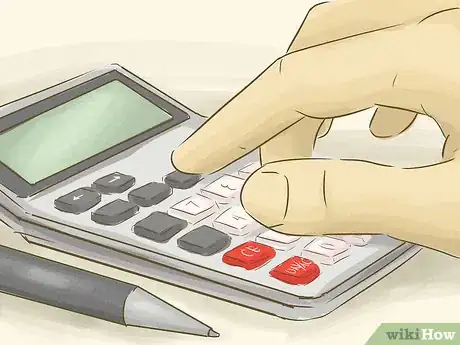
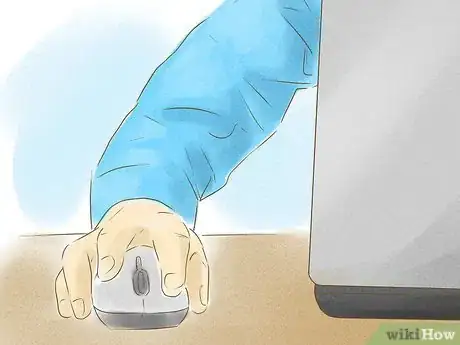

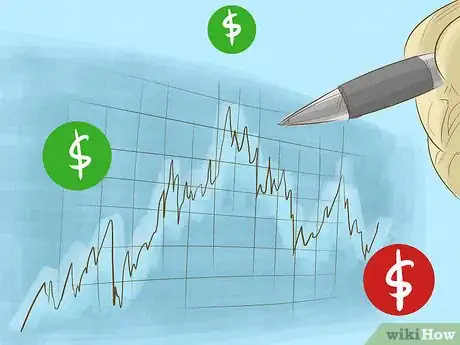
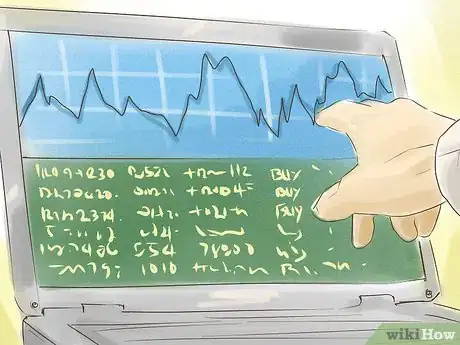
-Step-3.webp)




